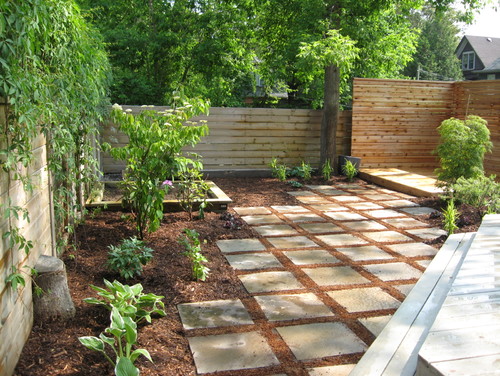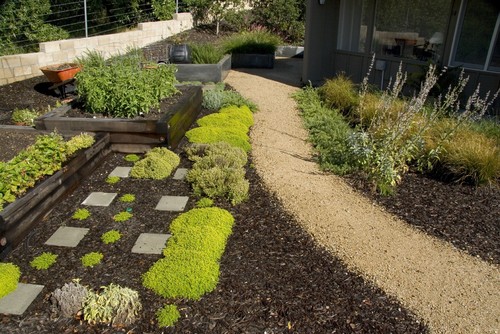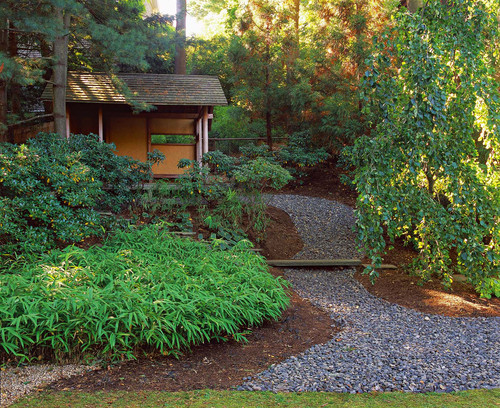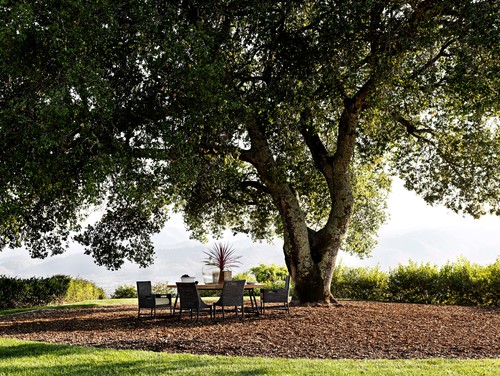Backyard Composting Tips: 16 Accessories To Take Your Compost Pile To The Next Level

Backyard composting can be accomplished with little more than a bin, composting materials and something with which to give them an occasional stir. However, as with most projects and hobbies, accessories can make composting more fun, can help ensure success, and can make the overall process easier and more convenient. If you are having issues with your compost pile, some accessories can also help you with troubleshooting and solving those problems.
So if you are ready to take your compost pile to the next level, check out these 16 composting accessories that can help you improve your experience.
1. Counter Top Compost Bin
Also called a compost keeper or compost crock, this particular accessory is the perfect way to keep kitchen scraps out of sight until you have time to take them to your backyard bin. It is incredibly handy to have a convenient container in which you can toss vegetable peelings, coffee grounds, and tea bags throughout the day, which makes it more likely that you will actually keep these scraps for use in your compost pile.
There are lots of styles available to fit your decor. If possible, try to purchase one with an interior bin that can be removed to take out the compost materials and that will be much easier to wash than trying to clean the whole crock regularly.
2. Counter Top Compost Bin Liners
Much like trash bags used as liners for your trash cans, compost bin liners keep your compost keeper clean and make it easier to remove and discard the kitchen scraps inside. While you can just as easily use a plastic shopping bag to line your crock, the eco-friendlier option is to purchase biodegradable bags designed specifically for this purpose.
3. Carbon Filters for Counter Top Compost Bins
Not all compost crocks come with carbon filters, but most can be fitted with one under the lid. If you remove your composting materials daily and clean your crock regularly, you may not need a filter. But if you are concerned about the smell of rotting food sitting in your crock until you take it outside, you might want to invest in a carbon filter to curb the smell.
4. Fruit Fly Trap
Even if you empty a countertop crock daily, you may start noticing some fruit flies buzzing around your kitchen. Fortunately, you can take care of this problem quickly and discretely with a fruit fly trap. In another fortunate move for composting enthusiasts, fruit fly trap design has made some great strides. Rather than the not-so-attractive options of the past, you can now find fly traps that are actually a bit stylish — and it will not look like you have a fly trap on your windowsill.
5. Compost Freezer Storage Bin
If you would rather not worry about smells or flies but do want a convenient way to store kitchen scraps between trips to your backyard compost pile, you may want to consider a compost freezer storage bin like this one from Compost Mania.
This handy alternative to a countertop crock can sit on the counter for tossing in scraps during meal prep and then goes right in the freezer with no smells or flies until you are ready to take it to the compost bin. Then you just twist the silicone to pop out your frozen block of scraps.
6. Coco Fiber
Adding compost fiber to your bin can help you produce more nutrient-dense compost and can help maintain the moisture balance in your bin. Some composters use peat moss for this purpose, but coco fiber is a better choice for eco-conscious folks.
7. Compost Starter
Compost starters generally have some combination of beneficial microorganisms and nitrogen and are used to speed up the process and help you achieve ready nutrient-rich compost faster. So if patience is not one of your top virtues and you would like to be spreading finished compost around your tomato plants as soon as possible, invest in some compost starter.
8. Compost Accelerator
Compost accelerators, also sometimes called compost boosters or simply compost enzymes, speed up the composting process and can help tame the aroma of a smelly compost bin. The enzymes also help the good bacteria in your bin.
9. Rodent Screen
If you have the type of compost bin that is open at the bottom and sits directly on the ground, you may want to invest in an affordable rodent screen to help keep unwanted guests out of your bin.
10. Compost Tub, Bucket or Wheelbarrow
Once your kitchen scraps, shredded paper, and dead leaves turn into nutrient-rich compost, you are going to need a way to transport it from your bin to your flowerbeds and garden. If you have a compost tumbler that sits up off the ground, a wheelbarrow may be the most convenient option. For compost bins that sit on the ground, a compost tub or bucket may be easier to maneuver when trying to load them from the door that is probably towards the bottom of your bin. You can also use a tarp to easily transport your compost around your yard.
11. Compost Aerator
A compost aerator is basically something you can use to stir your pile. There is a tool that is specifically designed for this and is used by many backyard composting enthusiasts. Alternatively, you can use a garden hoe or shovel if you have a conventional bin or even a rake if you have a pile. If you have a tumbler, you can aerate and turn your pile simply by turning your bin to tumble the materials inside.
12. Biodegradable Leaf and Lawn Clippings Bags
Biodegradable bags are not a must-have composting accessory, but they can make life easier when you are raking up large amounts of leaves or lawn clippings and need to transport them to your compost bin.
13. Moisture Meter
A moisture meter can be particularly helpful if you live in a dry area (like most of us in Southern California). This is an easy way to monitor the moisture in your compost pile and know if you need to add more dry materials to soak up some moisture or add more water to maintain the health of your bin. Moisture meters can vary quite a bit in price, so shop around to find one that fits your budget and is good enough to meet your backyard composting needs.
14. Compost Thermometer
Monitoring the temperature inside your compost pile helps you know when to add more water, when to turn your pile and when you need to add more of particular types of materials. A lot of people wing it and do just fine without monitoring the temperature, but serious composters do like to keep an eye on just how hot their pile is or is not to help them achieve a great end product.
15. Compost Sifter
There are plenty of people that use their compost without sifting it, but there are some good reasons to include this in your composting practice. It is particularly helpful to sift your compost if you plan on using it as topdressing for containers, flowerbeds or other visible areas. This will separate the larger, coarser materials out and leave you with a finer, more uniform mulch for a more attractive look. Using a sifter or sieve is also a great way to find any bits of trash, produce stickers or food packaging that may have accidentally found their way into your bin.

16. Kitchen Scrap Shredder
Manual and electric food scrap shredders are not a necessity, but they sure do make preparing kitchen scraps for your compost bin a lot easier and faster. Basically, these composting accessories break your kitchen scraps down into smaller bits that will degrade faster and result in a faster composting process. You can also use one of these shredders to prepare kitchen scraps to feed to your backyard chickens. While the electric shredder may be more convenient, eco-minded folks will likely want to opt for a manual shredder that does not require electricity to get the job done.



